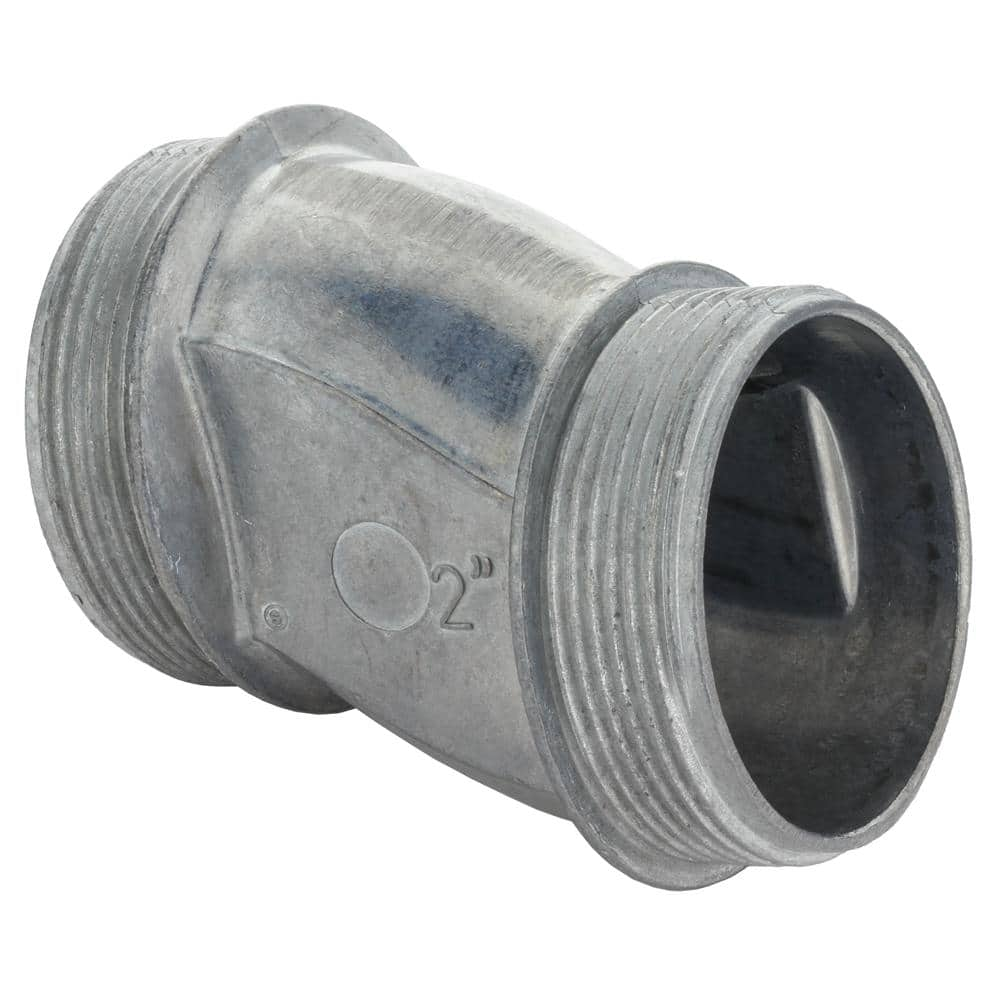byteharmony
Sunny side up please.
I had a friends electrician over today. We talked about replacing my service mast which is now bent from a tree yanking it.
He took one look at my sol ark and said, NOPE, won't take the job. Why - Too much electronics, don't want to be involved.
He loves my friend so he felt sad saying no. We talked for about an hour and about 15 minutes in I said, you've told me everything I need to know to do this job myself, he said: Exactly. We talked for another 45 minutes, he left and I wanted to share this with people here and ask the follow up here I forgot to ask him at the time.
I'll share much of what I learned and have one question at the end:
TASK: 100 AMP upgrade to 200 AMPS
1. Remove all old stuff except clamps on the wall.
2. Install new weather seal on the roof lining it up with the 2" conduit inserted temporarily (a lot like putting in a solar foot).
3. drop in new the new 2" conduit and line it up with where you want your new meter socket.
4. mount the meter socket
5. connect the conduit to the socket
6. run THHN (need at least 0/2 copper)
7. setup overhead mast head (do not connect service - ZAP)
8. connect 2nd meter with nipple and mount
9. THHN meter to meter
10. conduit and mount fused knife
11. THHN meter to knife
12. Connect service
13. conduit to LB
14. LB to inside the house
15. Add Ground rods and connect ONLY to main panel, any sub panels must be connected only to only the main panel, NOT BONDED
16. With a separate copper wire connect main panel ground to water system. Tap before the meter and after the meter.
Question: How much of this is IMC (Intermediate Metal Conduit) vs EMT (Normal) Conduit?
He said he has also used Ridged Metal Conduit as well, but it's soooo heavy, so he uses IMC.
There isn't a signficant price difference between IMC and Ridged. EMT is much cheaper.
So I'm going to guess IMC / Ridged to the meter, then EMT from there. Am I correct?
He took one look at my sol ark and said, NOPE, won't take the job. Why - Too much electronics, don't want to be involved.
He loves my friend so he felt sad saying no. We talked for about an hour and about 15 minutes in I said, you've told me everything I need to know to do this job myself, he said: Exactly. We talked for another 45 minutes, he left and I wanted to share this with people here and ask the follow up here I forgot to ask him at the time.
I'll share much of what I learned and have one question at the end:
TASK: 100 AMP upgrade to 200 AMPS
1. Remove all old stuff except clamps on the wall.
2. Install new weather seal on the roof lining it up with the 2" conduit inserted temporarily (a lot like putting in a solar foot).
3. drop in new the new 2" conduit and line it up with where you want your new meter socket.
4. mount the meter socket
5. connect the conduit to the socket
6. run THHN (need at least 0/2 copper)
7. setup overhead mast head (do not connect service - ZAP)
8. connect 2nd meter with nipple and mount
9. THHN meter to meter
10. conduit and mount fused knife
11. THHN meter to knife
12. Connect service
13. conduit to LB
14. LB to inside the house
15. Add Ground rods and connect ONLY to main panel, any sub panels must be connected only to only the main panel, NOT BONDED
16. With a separate copper wire connect main panel ground to water system. Tap before the meter and after the meter.
Question: How much of this is IMC (Intermediate Metal Conduit) vs EMT (Normal) Conduit?
He said he has also used Ridged Metal Conduit as well, but it's soooo heavy, so he uses IMC.
There isn't a signficant price difference between IMC and Ridged. EMT is much cheaper.
So I'm going to guess IMC / Ridged to the meter, then EMT from there. Am I correct?
Last edited:



